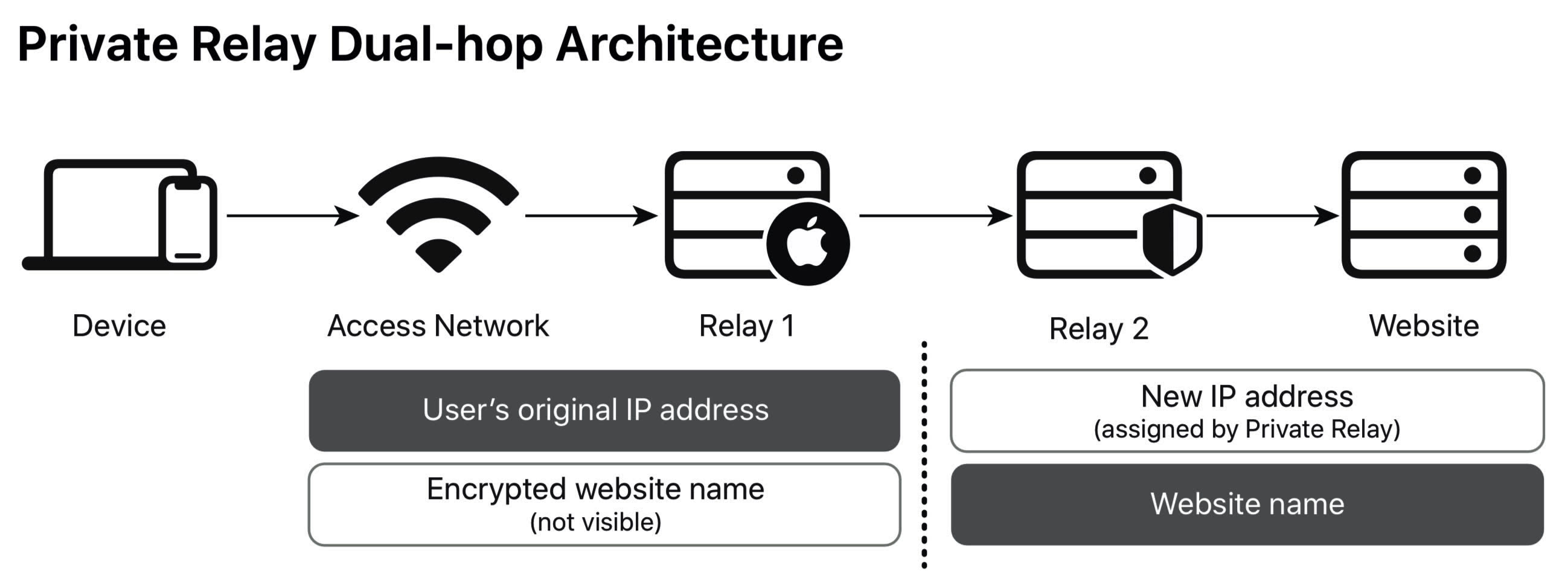The Private Relay function, intended for iCloud+ subscribers and currently still in beta, could be activated by default with iOS 16 (and logically abandon its beta condition), the site understands Digiday. In addition, the service could hide more confidential data (IP address, location, activity) that currently passes through Safari and Mail.
This activation and expansion of Private Relay would add a new stage to the App Tracking Transparency (ATT) rocket ship. Since iOS 14.5, ATT has displayed a window that allows the user to accept or refuse advertising tracking in apps that have not chosen Apple’s new tracking framework, which is less rich in data but also more respectful of the privacy.
But there are holes in the racket. Fingerprinting, a series of user tracking techniques, allows publishers to circumvent ATT, although Apple prohibits this practice. Private Relay, with its two relay mill, would put a big blow on its head by filtering out these types of data (battery level, storage capacity and other device information that allows the user to be targeted). In any case, this is the feeling of part of the industry questioned by Digiday.

Moreover, Apple could take inspiration (once will not hurt) from Google which, in its Privacy Sandbox, proposes that starting with Android 13, developers will submit updates to their Android apps separately from third-party SDKs to the Play Store. These development kits, which are one of the main transmission belts for fingerprinting, would work inside a dedicated environment called SDK Runtime.

Advertising tracking: fingerprinting in Apple’s crosshairs
By doing so, developers would not face rejection of their apps if the Play Store spots a malicious SDK embedded in the app. And the control of the SDK would be reinforced, with the key to a reduction of the transmitted data and the follow-up. Apple will surely take advantage of WWDC to reveal more on the subject.
.
[related_posts_by_tax taxonomies=”post_tag”]
The post iOS 16: enabled by default, Private Relay would filter more data appeared first on Gamingsym.
